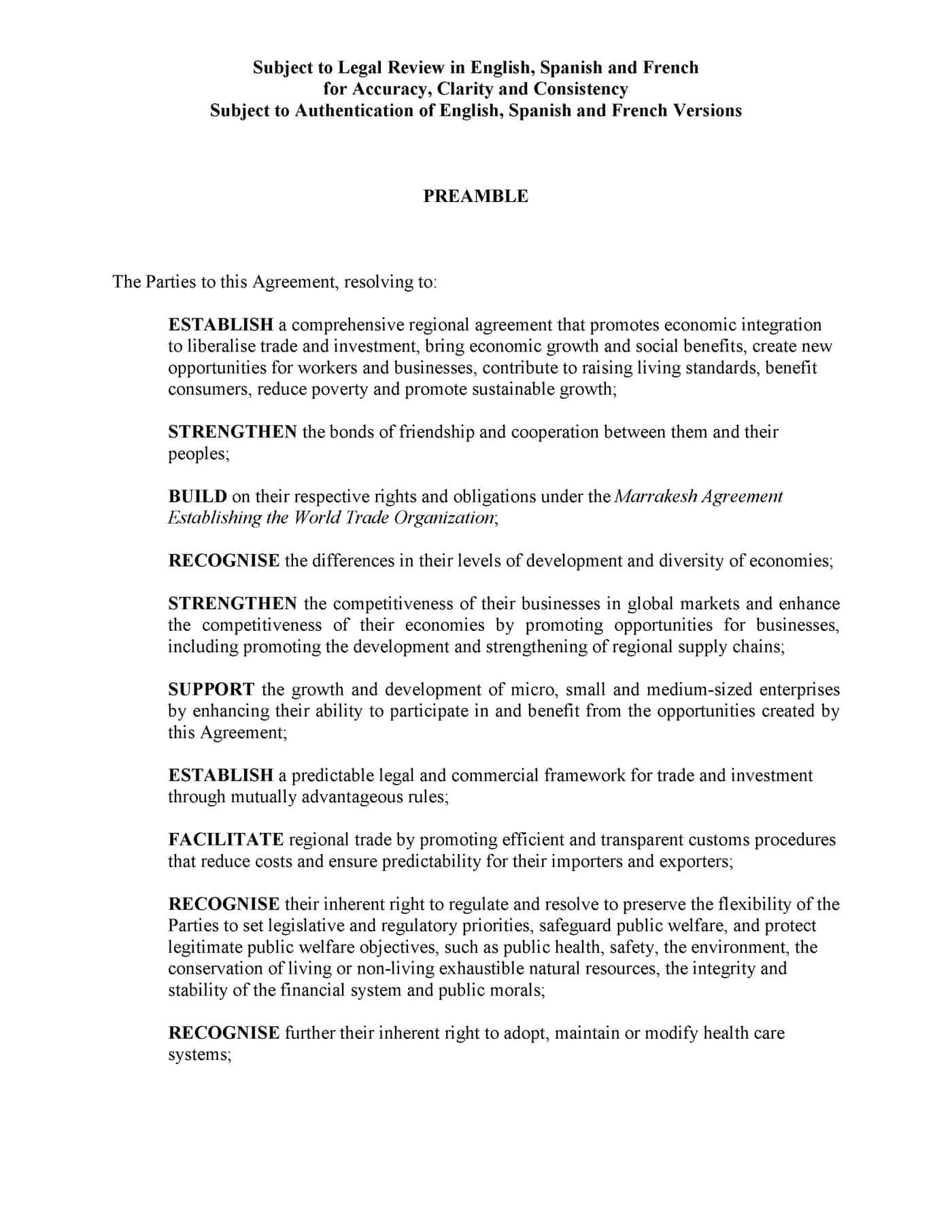The
Already a member? Log in here
The
Annual Reports are crucial corporate documents that should reflect the financial and organisational health and achievements of a company. Only recently, in Australia, have Annual Reports been assessed for indications of occupational health and safety (OHS) other than fatalities. Some of that analysis of injury data has appeared in an article in the Safety Science journal entitled “Safewash! Risk attenuation and the (Mis)reporting of corporate safety performance to investors” – an article that deserves careful consideration. Continue reading “Annual Reports can encourage SafeWash!”
are crucial corporate documents that should reflect the financial and organisational health and achievements of a company. Only recently, in Australia, have Annual Reports been assessed for indications of occupational health and safety (OHS) other than fatalities. Some of that analysis of injury data has appeared in an article in the Safety Science journal entitled “Safewash! Risk attenuation and the (Mis)reporting of corporate safety performance to investors” – an article that deserves careful consideration. Continue reading “Annual Reports can encourage SafeWash!”
On November 9 2015, WorkSafe Victoria charged the Essendon Football Club with breaches of the occupational health and safety (OHS) law over its controversial supplements program. This blog has watched how the Australian Football League (AFL), in particular, has acknowledged its OHS obligations and duties. This interest has been shared by Dr Eric Windholz who wrote about the charges today.
Windholz acknowledges that WorkSafe Victoria has established a formal presence in professional sports with its decision to prosecute.
 Several weeks ago I was asked by a trade unionist to make a submission to the Australian Government explaining how the impending Trans Pacific Partnership (TPP) would be bad for worker safety. I acknowledged concerns over labour relations but pointed out that no matter who is working in an Australian workplace, their safety must be managed. Whether they are a migrant worker or full-time employee was not relevant to the management of their occupational health and safety (OHS). The trade unionist was disappointed.
Several weeks ago I was asked by a trade unionist to make a submission to the Australian Government explaining how the impending Trans Pacific Partnership (TPP) would be bad for worker safety. I acknowledged concerns over labour relations but pointed out that no matter who is working in an Australian workplace, their safety must be managed. Whether they are a migrant worker or full-time employee was not relevant to the management of their occupational health and safety (OHS). The trade unionist was disappointed.
Now the
 There is no doubt that football fields are the workplaces of professional football players and their support staff. So they are covered by occupational health and safety (OHS) and/or work health and safety (WHS) laws but what does this mean in relation to OHS regulators, and the sportspeople’s employers? Recently Eric Windholz looked at this particular issue.
There is no doubt that football fields are the workplaces of professional football players and their support staff. So they are covered by occupational health and safety (OHS) and/or work health and safety (WHS) laws but what does this mean in relation to OHS regulators, and the sportspeople’s employers? Recently Eric Windholz looked at this particular issue.
Windholz recently published “Professional Sport, Work Health and Safety Law and Reluctant Regulators” in which he states:
“The application of WHS law to professional sport is almost absent from practitioner and academic discourse. An examination of the websites of Australia’s WHS and sport regulators reveals none contains WHS guidance directed to professional sports.” (page 1, references are included in the paper)
The example he uses to show this apparent lack of interest, even by the Victorian OHS regulator, WorkSafe Victoria, is the Essendon Football Club supplements saga. Windholz writes
“Had these events occurred in the construction, manufacturing or transport industry, for example, it is difficult to imagine WHS regulators not intervening. Yet, WorkSafe Victoria initially was reluctant to investigate choosing to defer to ‘more appropriate bodies’. It only commenced an investigation when compelled by a request from a member of the public.” (page 2)
Professional organisations need to maintain personal contact between members and stakeholders even when social media allows for almost constant contact. Such events benefit from having thoughts challenged and recently one such event in Melbourne, Australia challenged its audience about psychological health and wellbeing.
A recent NSCA Foundation event heard from Andrew Douglas, one of the few workplace relations lawyers who can bridge the law and the real world. He began by describing wellness or wellbeing in a fresh context.
“Wellbeing is that equilibrium that is achieved between challenge and resources.”
This perspective addresses business operations and personnel management as challenges – situations that arise that need controlling or managing. This is a useful perspective as long as people feel up to the challenge and are not defeatist.
Any blog about occupational health and safety (OHS) will write repeatedly about leadership. Safe Work Australia advocates leadership as beneficial to OHS:
“When leaders make sure all business risks, including work health and safety, are effectively managed, and continually monitor and review all areas of their business’ performance, they will be open to opportunities for innovation, and alert to emerging hazards.”
But leadership requires someone to apply it and often, in the OHS sphere, people wait for others to show leadership rather than seeing their own potential.